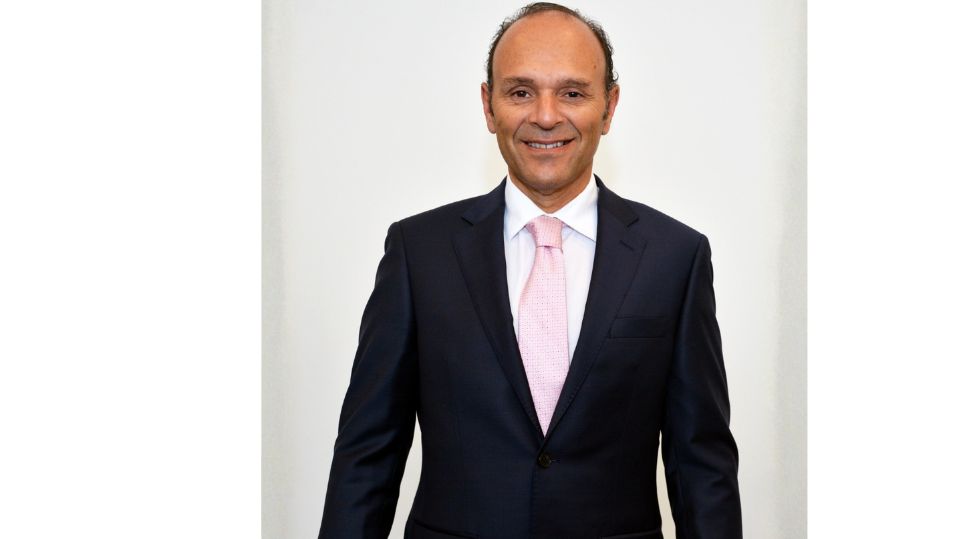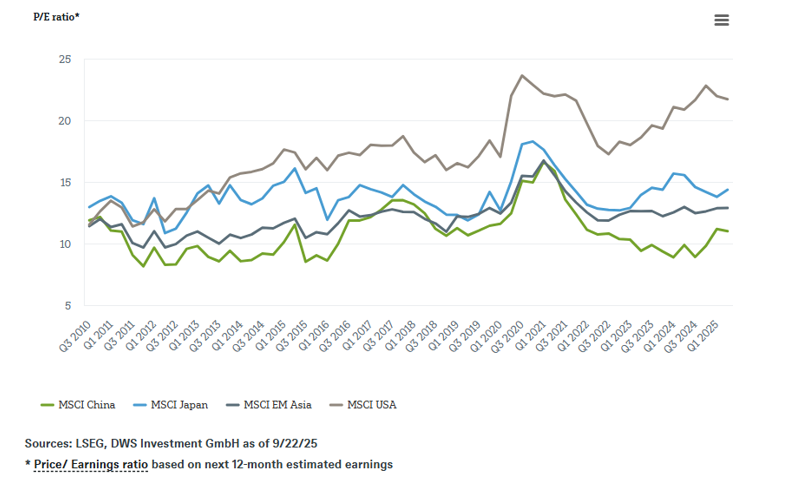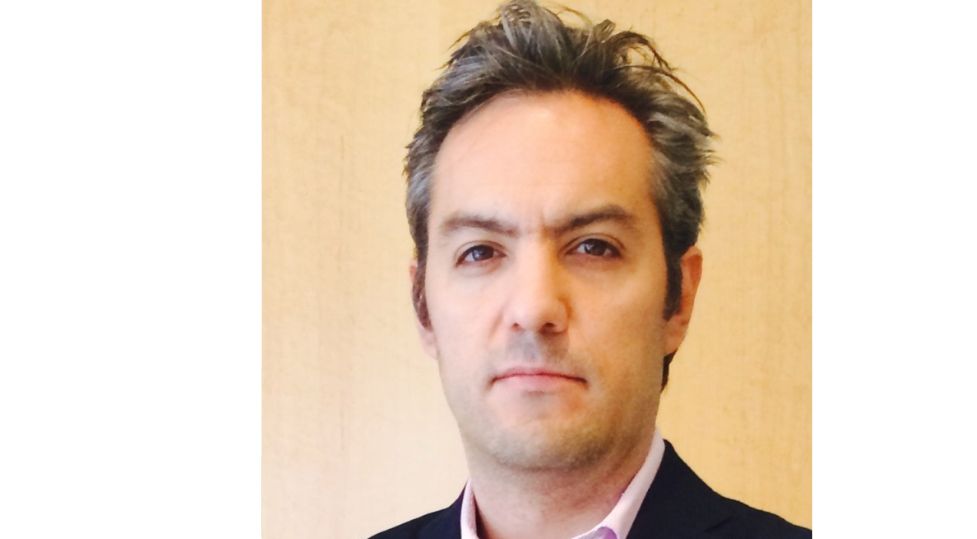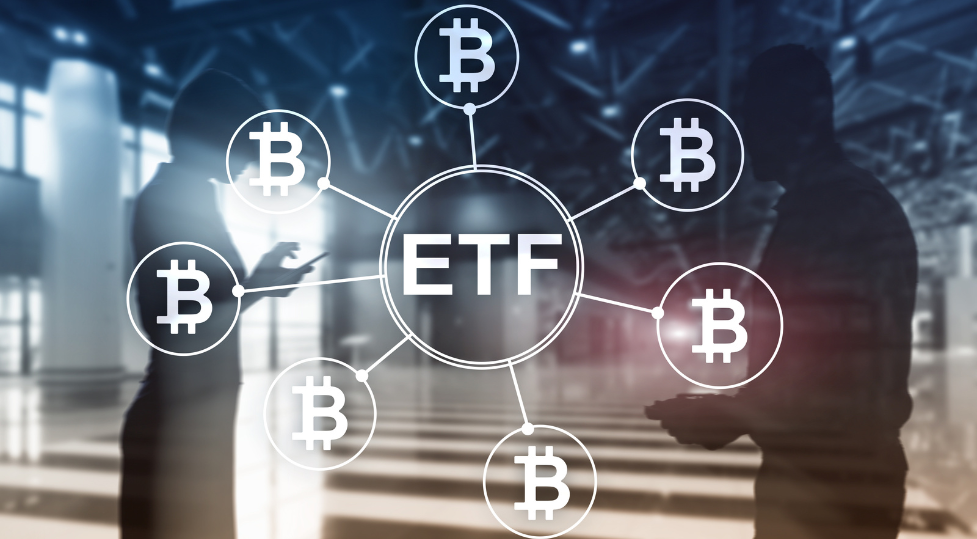Complacency has been one of the most repeated words by investment managers and experts to describe the market in recent months. While stock markets—especially the S&P 500—remain at record highs, experts are now placing less emphasis on the idea that markets are in a “complacent” state, given two sharp movements that occurred over the past week.
Instead, the two words that seem to remain valid in describing the current market are resilience and volatility. “The global outlook reflects a confluence of factors that are keeping markets in a state of fragile stability. In the U.S., corporate strength contrasts with political and trade uncertainty, while in Europe, regulatory pressure and energy dependency remain latent risks. Asia shows resilience thanks to expectations of stimulus and trade agreements, although Japan faces the challenge of balancing monetary and fiscal policy in a high-tariff environment,” says Felipe Mendoza, market analyst at ATFX LATAM.
Gold Adjustment
The headline this week was the sharp 5% correction in gold, after reaching October highs near $4,400 per ounce. According to experts, the strength of the dollar this week put pressure on precious metals, triggering one of the most pronounced drops in years for both gold and silver, as investors looked to lock in profits following a bullish streak.
“From a technical perspective, gold broke through key intraday support levels, which accelerated algorithmic selling and deepened the decline. However, the underlying context remains solid. Central banks continue to buy at a steady pace, and physical demand in Asia remains strong, particularly in China and India. These factors continue to serve as structural buffers against short-term speculative moves,” adds ATFX LATAM.
According to Claudio Wewel, FX strategist at J. Safra Sarasin Sustainable AM, the recent correction is due to broad-based profit-taking driven by a combination of factors. “Although the coming days will likely be marked by volatility, we believe the fundamentals supporting a renewed increase in gold prices remain strong in the medium and long term. Geopolitical uncertainty remains very high, and gold is still underweighted in portfolios. Therefore, we expect investors who had previously stayed away from the metal to continue turning to it and increasing their positions. Finally, the growing interest from stablecoin issuers and an uptick in outflows from crypto assets represent additional upward drivers for gold,” says Wewel.
Simon Jäger, portfolio manager on the multi-asset team at Flossbach von Storch, adds another factor to explain the situation: “Due to ongoing geopolitical conflicts, the central banks of China and Russia in particular have massively increased their gold reserves in recent years. We believe this trend will likely continue. As a result, this year gold has replaced the U.S. dollar (or U.S. Treasury bonds) as the largest investment within central banks’ foreign exchange reserves globally.”
Credit Stumble
The other key topic was U.S. credit. It began last week when regional U.S. banks came under pressure after several lenders reported loan write-downs linked to a bankrupt real estate investment trust (REIT).
As Axel Botte, Head of Market Strategy at Ostrum AM (a Natixis IM affiliate), explains, Tricolor (a subprime auto lender) and First Brands (a leveraged auto parts company) have become the first casualties of accumulated delays in auto loan payments and the sharp increase in tariffs on auto parts.
“Two regional banks are now reporting they were victims of fraud related to loans to credit funds with unfavorable exposure to commercial mortgage-backed securities. The opacity of private credit funds has long been recognized as a risk factor. It’s difficult to assess the systemic risks tied to their activities, but once you spot one cockroach, there are likely more hidden. While the credit minefield may remain contained, reports from the main regional banks are not raising alarms for now; however, credit quality will remain a focal point. The Fed’s announcement to pause balance sheet reduction suggests Jerome Powell is particularly attentive to liquidity conditions,” he argues.
“A senior executive from a major U.S. bank warned that spotting ‘a cockroach’ usually signals there are more, reflecting concern that isolated defaults could foreshadow a broader wave of bankruptcies. To make matters worse, wholesale funding rates have climbed above normal levels, which historically signals a shortage of reserves in the banking system,” adds Benoit Anne, Senior Managing Director and Head of the Market Intelligence Group at MFS Investment Management.
Anne calls for calm, explaining that her team at MFS IM sees no reason for panic. “To begin with, recent remarks by Fed Chair Jerome Powell suggest a review of quantitative tightening at upcoming FOMC meetings. This should ease downward pressure on bank reserves. As for the recent defaults, our investment team considers them isolated, relatively small, and unrelated, which reduces the likelihood of a systemic credit event. In fact, broader markets—including asset-backed securities (ABS) and collateralized loan obligations (CLOs)—have not shown significant spread increases related to these episodes. Overall, it’s worth noting that continued disruptions could create mispricings, offering active managers the chance to deploy capital at attractive valuations,” she explains.
End of the Private Credit Cycle?
Lale Akoner, Global Markets Strategist at eToro, takes a broader view: “We see the credit events in October as idiosyncratic blowups, not systemic fractures. Both companies operated in narrow, high-risk segments of the market—subprime loans with high leverage. The losses were real but concentrated. Crucially, most regional banks showed limited or fully provisioned exposure, with no signs of widespread credit deterioration. This was a wake-up call on layered credit risk, but not a repeat of SVB or 2008 in our view. That said, the opacity of financing structures, the increasing use of PIK interest, and interconnections between funds require closer monitoring through 2026. The good news is that we are in a falling interest rate environment, not in a tightening cycle.”
In this broader reading of the private credit market, Francesco Castelli, Head of Fixed Income and Portfolio Manager of the Euro Bond Fund at Banor SICAV, believes that credit markets are approaching an inflection point in the credit cycle. He notes that “Private Credit markets are behaving like Telecoms in 2000 or Banks in 2007—they were the triggers for major crises in the credit cycle.”
In his view, private credit markets have grown exponentially in recent years due to the high returns they offered, despite not being publicly traded and therefore not pricing in market value on a daily basis. This, in his opinion, makes it harder to detect stress phases, although there are tangible warning signs.
“The main red flag is the behavior of Business Development Companies (BDCs), publicly traded vehicles providing access to private lending, which have entered bearish territory after years of strong gains. This sharp reversal reflects growing investor concern over whether high dividends will continue as borrowers’ cash flows deteriorate and defaults rise. The sudden $10 billion default of First Brands has fueled investor concerns and could be a potential trigger for a broader market reassessment. Combined with the persistent underperformance of CCC-rated bonds compared to higher-quality high yield over the past six months, the message is clear: investors are increasingly distinguishing based on credit quality,” concludes Castelli.











